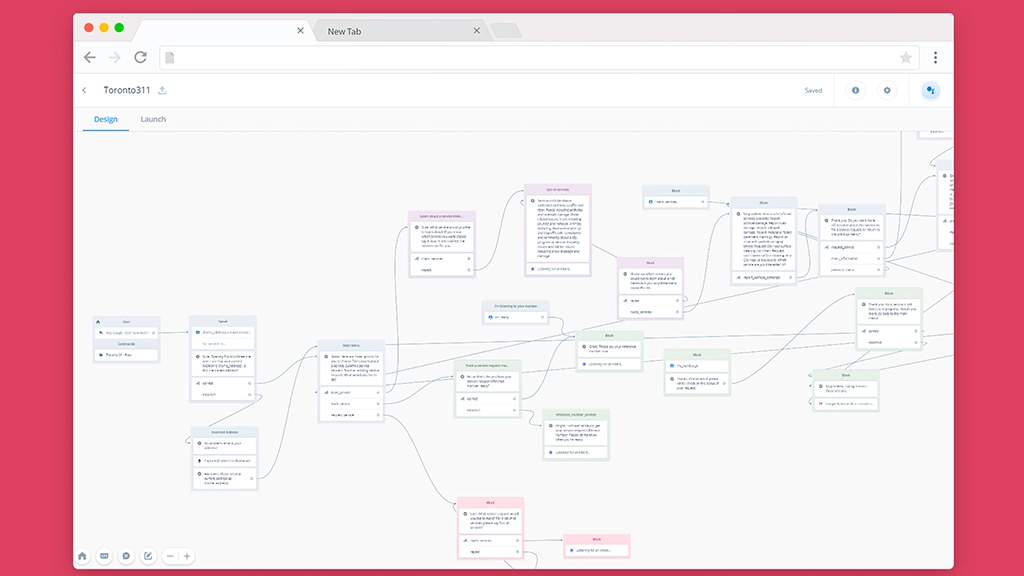Tiny Town AR Experience
Reconceptualizing a miniature model for the present
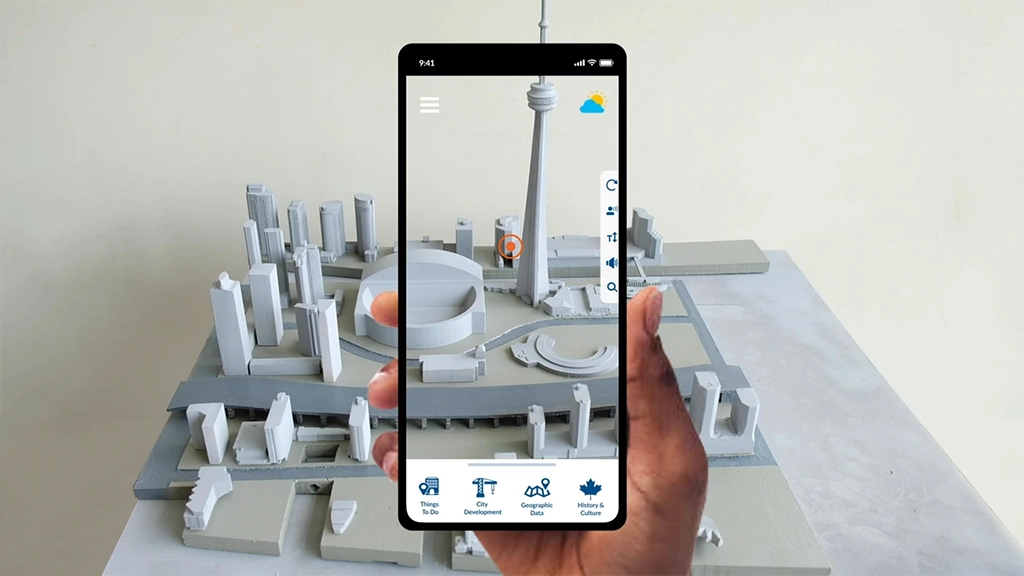
Team
Project Manager
Kyla Ross
Team Lead
Eric Forest
Industrial Design
Randy 'sJongers
Mai Nguyen
Kendra Savard
Interior Design
Isabella Sniatowski
UX Design
Lillian Leung
Renita Vaswani
Victoria Yeboah
Project Summary
In partnership with Humber College and the City of Toronto, our interdisciplinary team delivered a 3D printed model and a digital component for a new version of Tiny Town, the miniature model of Toronto that lives in the Toronto City hall.
Duration: 13 weeks
Team: 7 (3 UX designers, 3 Industrial Designers, 1 Interior Designer)
Final product: 3D printed model (1:1500 scale) with an Augmented Reality (AR) video concept demonstration
My Contributions: user research, prototyping, wireframing, motion design
Tools: Figma, Miro, Adobe After Effects
Background
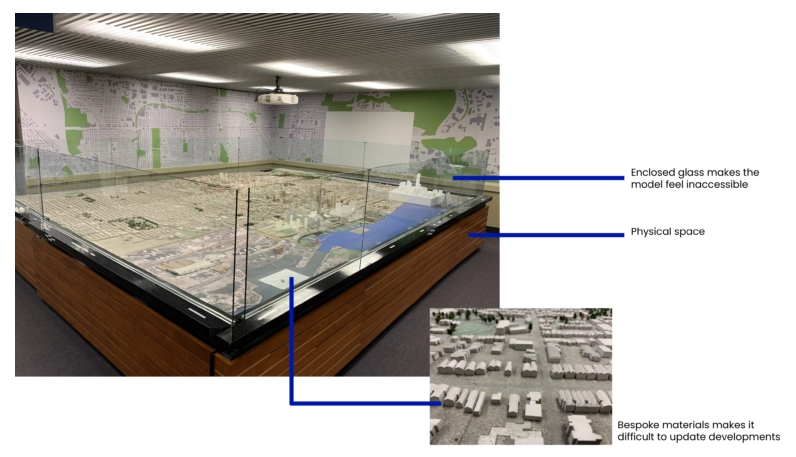
Built over 20 years ago, it was originally used as an urban planning tool by the City of Toronto.
Over the years, the models’ original function fell into obsolescence as rapid urban developments and new technologies outpaced the ability for staff to update the model.
Challenge
Working with direct stakeholders from the City, we collected data on the existing model, other miniatures, use cases and most importantly, gaps in user needs.
Research Methodology
- Literature scan
- Market Research
- Survey (66 participants)
- Interview with 3 panel experts (Architect, Indigenous graphic designer, Accessibility Director)
Research Outcomes
Strengths
Tourism
Fidelity and Detail
Attractive
Lifelike
Mass appeal
Weaknesses
Non-interactive
Non-tactile
Spectacle Focused
Accessibility
Static
Cost (expensive)
Opportunities
End-user ownership
Customization
Long-term development
Low-cost, sustainable
Utility
Ideation
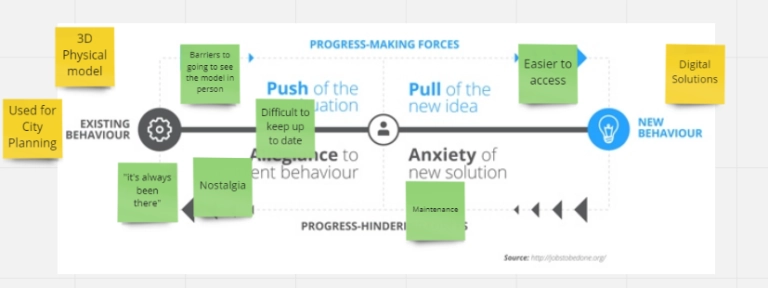

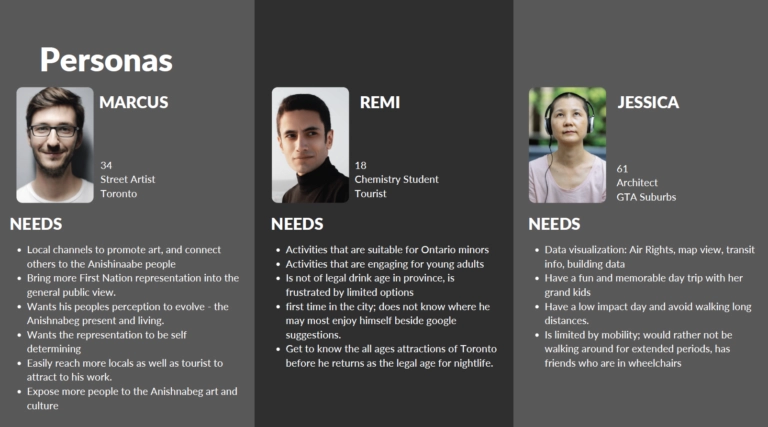
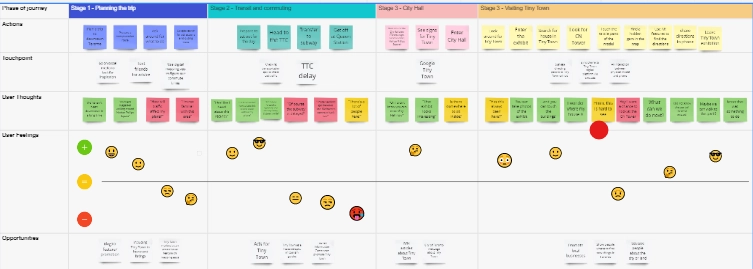
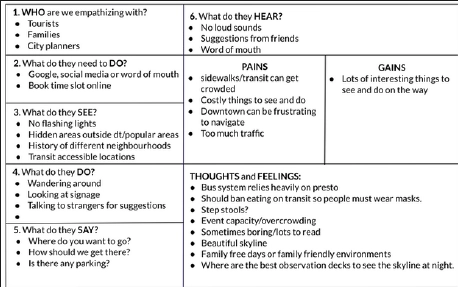
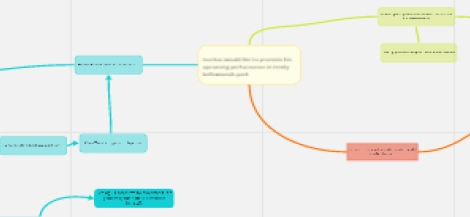
Summary of Research and Findings
Crowds
Ensure good movability around the exhibition while addressing concerns of accessibility and social distancing
Cost and time
Paid exhibitions become a barrier to entry especially coupled with the frustrations of commuting and traffic
Sensory
Encouraging physical interactions to promote accessibility and flexibility in the design
Discoverability
Gaps in business information, city planning, opportunities socially and for activism
How Might We…
Create a model that anticipates users needs, accounting for intersectionality, and that is flexible enough to facilitate user interactions on their terms?
The Model and Accessible Design
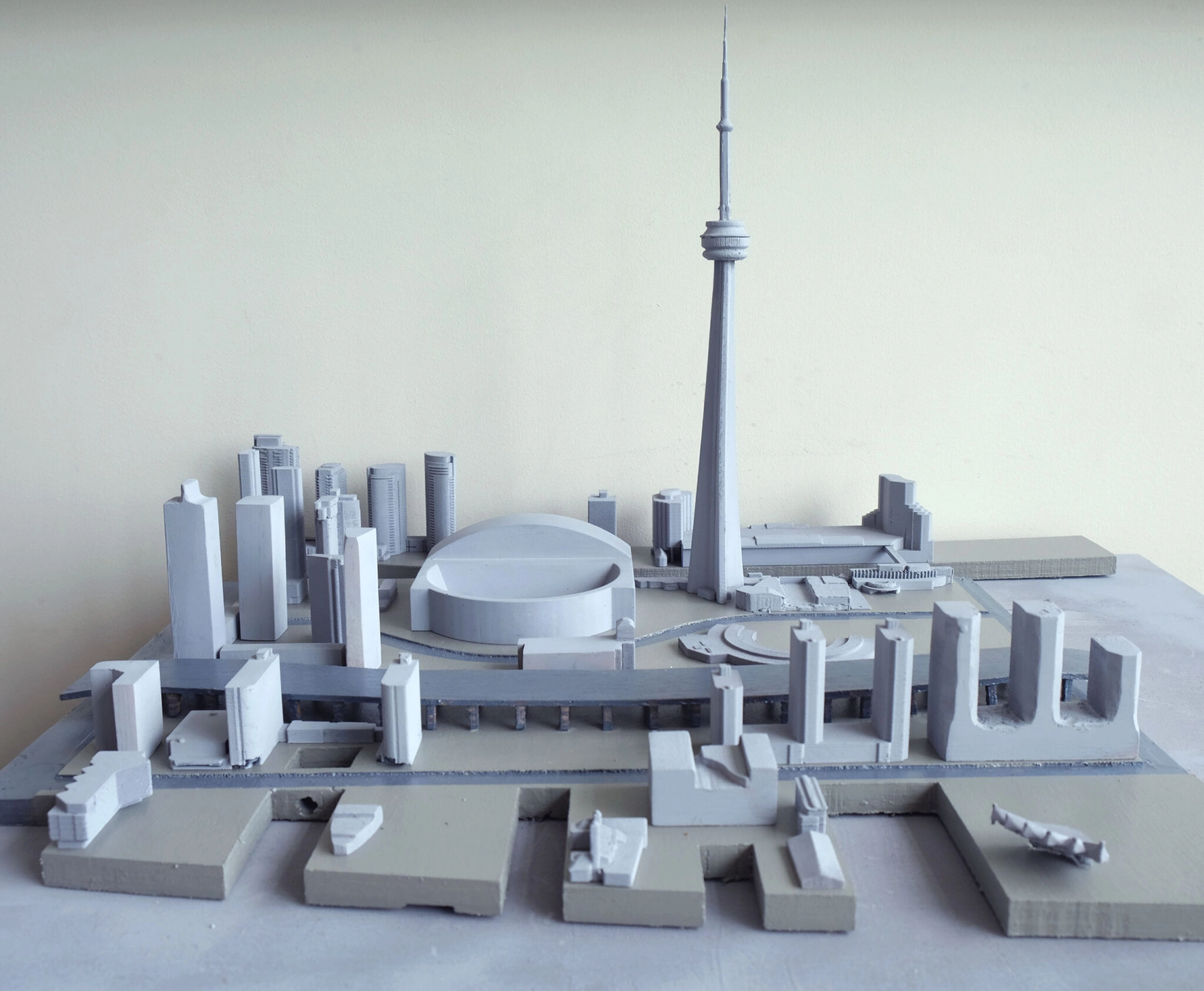
Accessible design plays an integral role in our reimagining of Tiny Town. The table cutout is wide enough for people using wheelchairs to maneuver around the entire model. The floor has built in contrasting features that allow for people using a white cane to wayfind around the space.
Our interviewers also emphasized the importance of tactility and touch. We considered that an open design could invite people to manipulate or remove parts from the model. However, the versatility and experience of the model would far outweigh the low cost of repair and replacement, as well as make it easier for the City to update it with new developments.
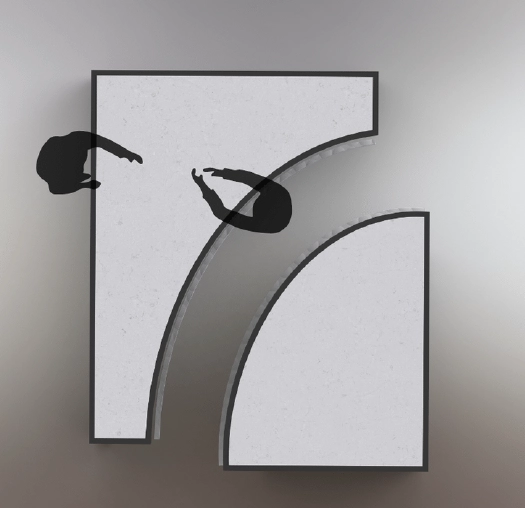
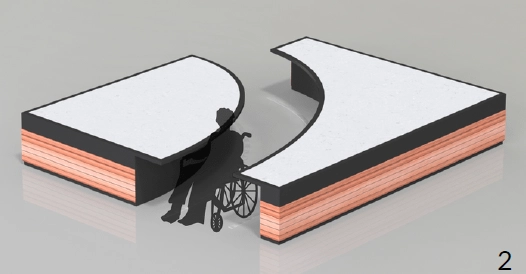
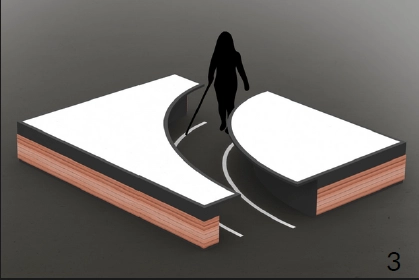

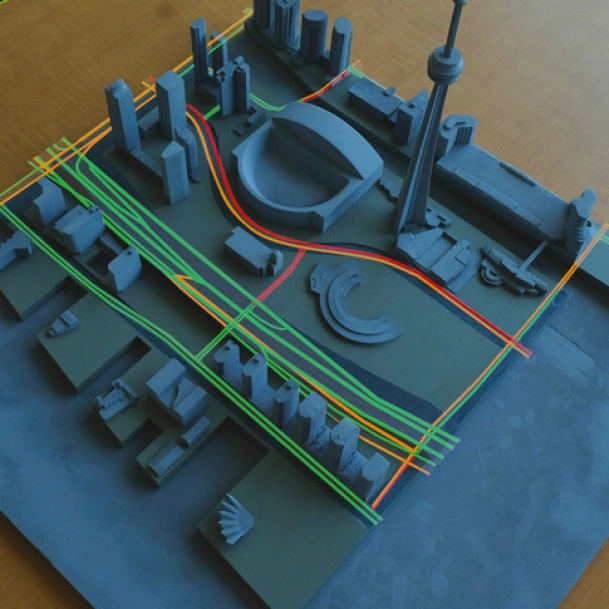
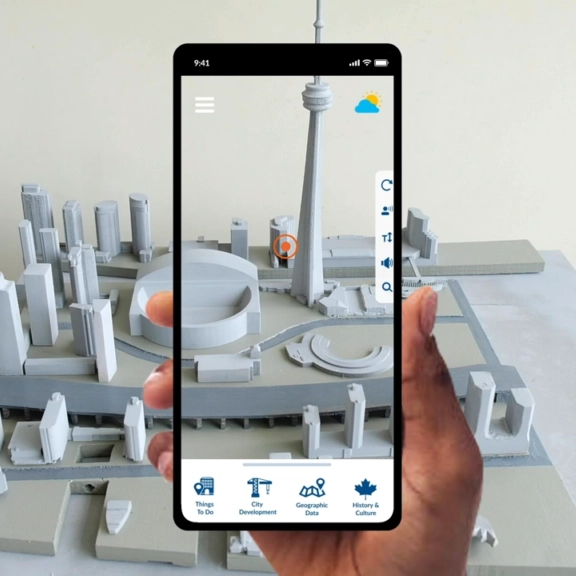
Augmented Reality (AR) Experience
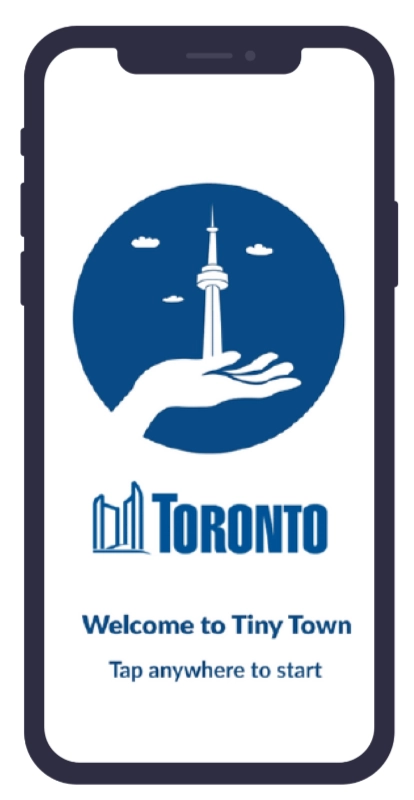
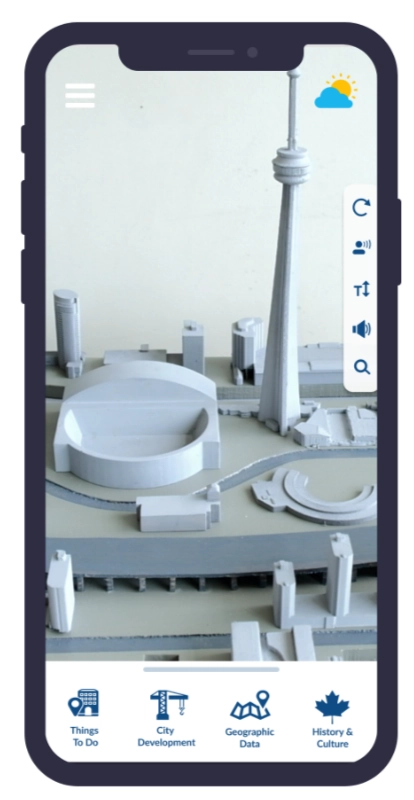
The next integral part of reimagining Tiny Town was adding in an AR component. Activating this opens up a dashboard where users can find information pertaining to a wide range of needs or interests through the lens of the model – tourism, events, city development information, and heritage.
Interactive Features
Things to Do
Popular spots on the model appear as pins. Users can see a bird’s eye view of how to navigate around the city.
Community Posting
Local events can be added to Tiny Town enhancing the sense of discovery for users when scanning the model and promoting local culture.
City Development
This feature brings the model back to the original intent – city planning.
Rather than compete with retail urban planning products, this model offers a unique opportunity to view information that is difficult to obtain such as air rights (property lines above ground).
History and Culture
Users can interact with historical photos pulled from the City of Toronto’s photo archive displaying how an area looked in the past.
The platform’s foundational flexibility allows for further revisions as information is added, modified or fact-checked.
Delight
Easter eggs such as scoreboards or other 3D animations are supported in the AR space to delight users.
Here, a raptor was chosen because the Tiny Town has mini Raptor models added to different areas of the model.
Find My Home
This feature incorporates users’ feedback of wanting to find specific addresses, like their home.
We conceptualized an option where this connects with the City of Toronto’s Open Data project to realize its features and attract new potential contributions because it is publicly and freely available.
Overhead Projection
Users can also use the platform to request available overlays such as traffic, transit, green spaces and heritage buildings.
This information activates the overhead projector and displays these areas directly onto the model.
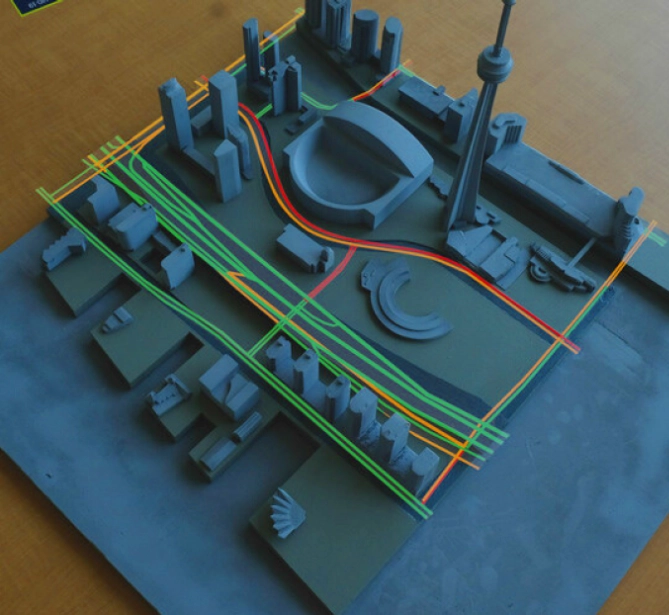

Full Presentation can be viewed here
Conclusion
In the next iteration of Tiny Town, we envision the model to be

Helpful for Everyone

Customizable by Everyone

